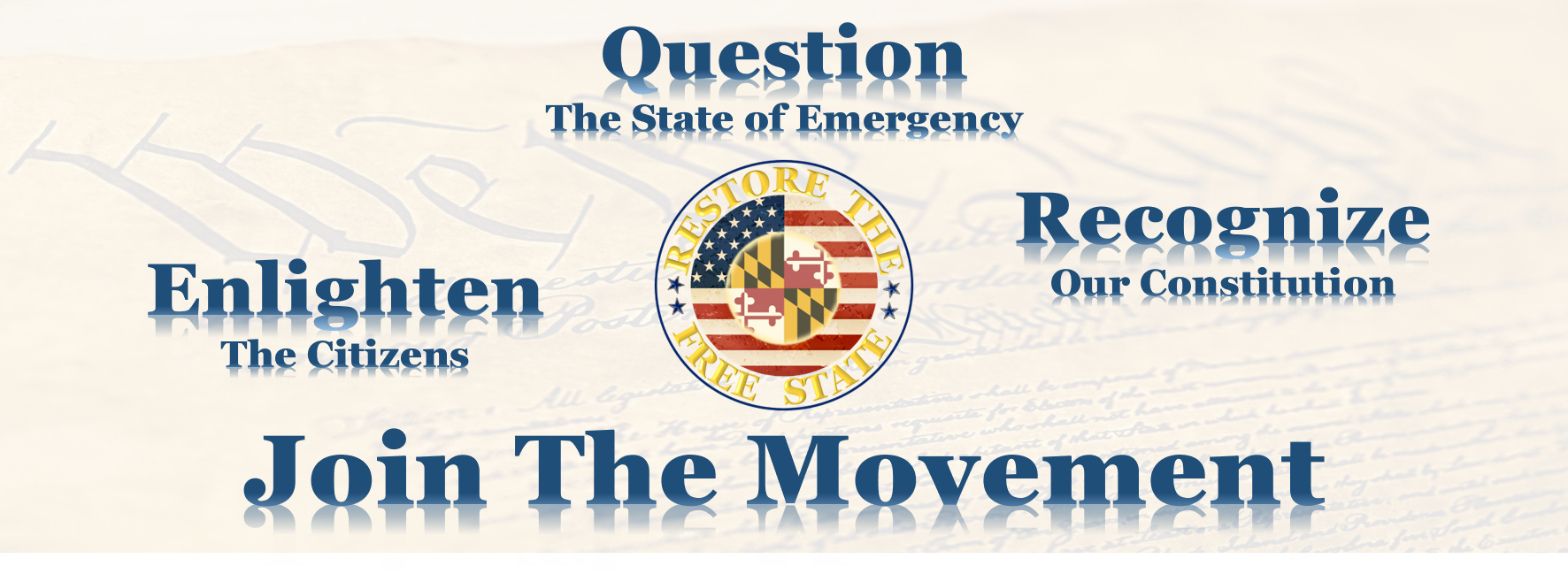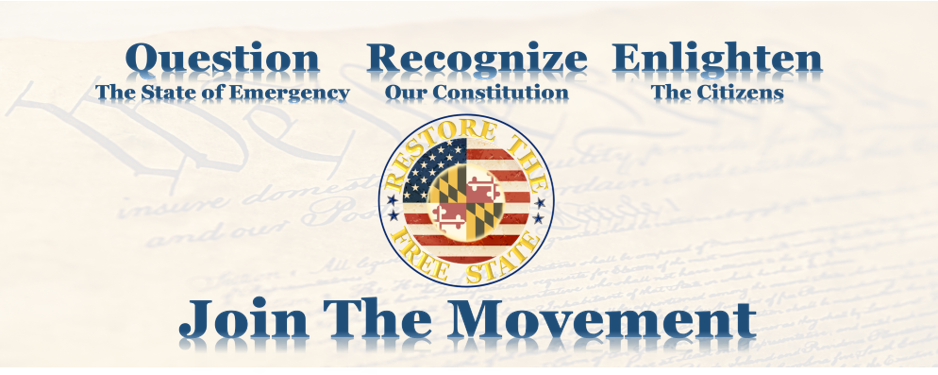While the Smith Mundt act allowed dissemination of US Government information abroad, what established the US News media to be the front face of the government domestically?
The Smith-Mundt Act, passed in 1948, focused on the dissemination of U.S. government information abroad, specifically aimed at countering communist propaganda during the Cold War. However, it did not establish U.S. news media as the “front face” of the government domestically. The notion of U.S. media playing that role evolved through a combination of historical, legal, and practical developments over time.
One of the key developments was the creation and growth of government-sponsored programs aimed at influencing public opinion, particularly during times of war or conflict. For example, during World War II, the Office of War Information (OWI) was set up to coordinate information and propaganda efforts domestically and abroad. This led to an increasing role for the media in communicating government messages, although initially, these efforts were seen as part of wartime propaganda.
In terms of domestic media influence, there were a few key factors that helped establish the news media as closely tied to government interests:
- The rise of government press agencies and public relations: Post-World War II, the government established a more formalized structure to manage its messaging, including the U.S. Information Agency (USIA), which worked both domestically and internationally. Over time, government relations with the press became more institutionalized.
- The development of TV as a dominant medium: By the 1950s and 1960s, the mass media landscape shifted as television became the dominant form of communication. The government, through public service announcements, speeches, and other media strategies, relied heavily on television to reach the American public. This also coincided with the rise of political figures like President John F. Kennedy, who expertly utilized TV for public engagement.
- The expansion of the government’s use of media in the 20th century: Agencies like the Federal Communications Commission (FCC) were given more regulatory power, and government-sponsored content (e.g., the Voice of America broadcasts) began influencing domestic and international audiences. Additionally, during events like the Vietnam War and Watergate, the media’s role became more central in conveying government actions, policies, and public relations strategies.
- The concept of “media as the fourth estate”: By the late 20th century, the press was recognized as a key part of the democratic system—serving both as a mechanism of oversight of government and as a partner in disseminating government messages. The relationship has often been symbiotic: while the media plays an important role in holding power to account, it also depends on government sources for access to information and narratives.
The Smith-Mundt Modernization Act of 2012 did play a role in allowing for the domestic dissemination of U.S. government-produced content, which had previously been restricted. This move has fueled debates over the potential blending of government and media functions, particularly in the digital age, but it is just one piece of the puzzle in the long history of how U.S. news media became intertwined with government communication strategies.
Apple Pie Propaganda? The Smith–Mundt Act Before and After the Repeal of the Domestic Dissemination Ban (Northwestern University Law Review)
For over sixty years, the Smith–Mundt Act prohibited the U.S. Department of State and the Broadcasting Board of Governors (BBG) from disseminating government-produced programming within the United States over fears that these agencies would “propagandize” the American people. However, in 2013, Congress abolished the domestic dissemination ban, which has led to a heated debate about the role of the federal government in free public discourse. Although the 2013 repeal of the domestic dissemination ban promotes greater government transparency and may help counter anti-American sentiment at home, it also gives the federal government great power to covertly influence public opinion. To curb the potential harm of surreptitious government propaganda, while also preserving the benefits of repeal, this Note advocates for requiring the State Department and the BBG to clearly attribute any government-produced programming these agencies disseminate within the United States. This Note contends that attribution can be best accomplished in one of two ways: by passing new attribution legislation similar to that of the failed Truth in Broadcasting Act of 2005 or by expanding the judicially created government speech doctrine to require these agencies to properly attribute any materials they distribute to the American public.
Sager, Weston R. | January 1, 2015 (Download the full pdf from the source here.)

